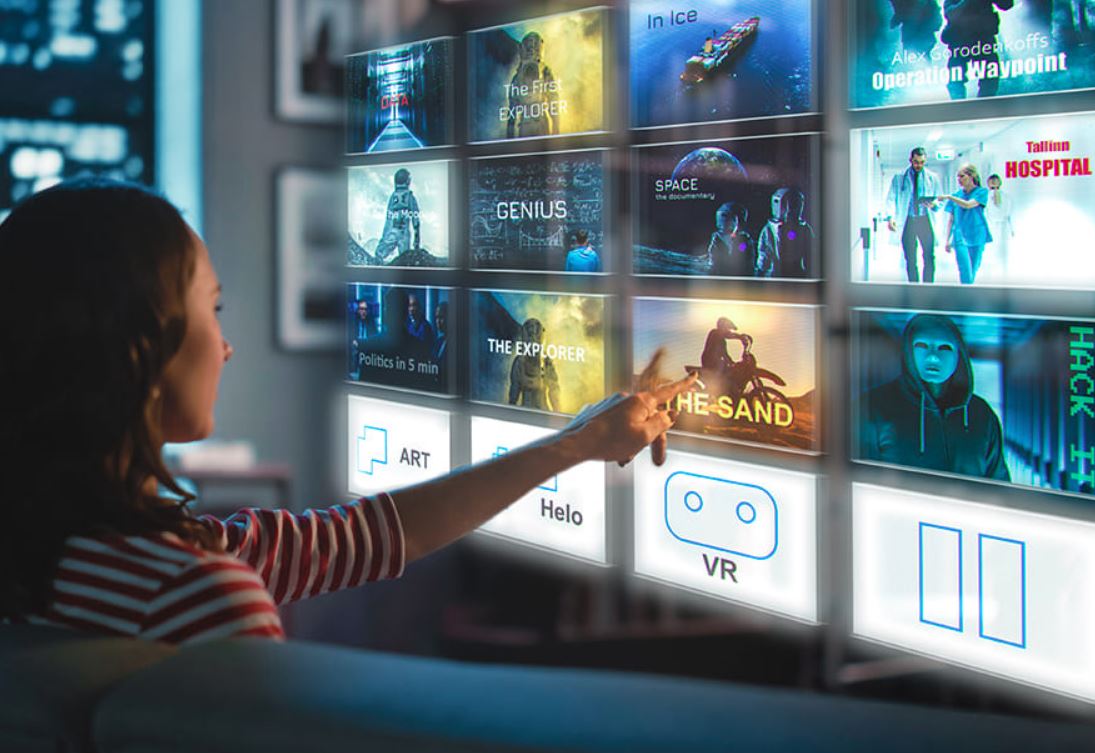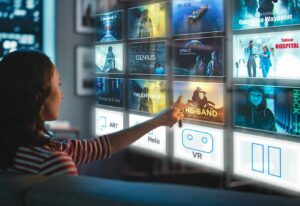
The Impact of Augmented Reality in Gaming and Entertainment
Augmented Reality (AR) has emerged as a groundbreaking technology that seamlessly blends virtual elements with the real world. With its ability to overlay digital content onto our physical surroundings, AR has revolutionized the gaming and entertainment industries. In this blog post, we will explore the impact of augmented reality and how it has transformed the way we engage with games, movies, and live events.

1. Enhanced Immersion:
Augmented reality takes gaming and entertainment experiences to a whole new level of immersion. By superimposing virtual elements onto the real world, AR enhances the sense of presence and realism. Players can interact with virtual objects and characters as if they were physically present, blurring the line between the digital and physical realms. This heightened immersion creates more engaging and compelling experiences that captivate audiences and leave a lasting impression.
2. Expanded Gameplay Opportunities:
AR expands the possibilities for gameplay, introducing new and innovative mechanics. Mobile AR games, such as Pokémon Go, have become incredibly popular, allowing players to explore their real-world surroundings while capturing virtual creatures. AR board games and puzzles incorporate physical components with digital overlays, creating unique gameplay experiences that combine the best of both worlds. With AR, game developers can create interactive and dynamic environments that adapt to players’ movements and actions, providing endless gameplay opportunities.
3. Transforming Entertainment Experiences:
Augmented reality has also revolutionized the way we consume entertainment. AR mobile apps and filters provide users with unique and interactive experiences. Social media platforms have integrated AR features that allow users to add filters, effects, and virtual objects to their photos and videos. In the movie industry, AR has been used to create immersive experiences through promotional campaigns and interactive movie trailers. AR technology has the potential to transform live events, with the ability to superimpose virtual stages, effects, and interactive elements onto real-world venues, creating unforgettable experiences for attendees.
4. Educational and Training Applications:
Augmented reality has significant potential in the educational and training sectors. AR can simulate real-life scenarios and provide interactive learning experiences. Students can explore historical sites, dissect virtual objects, and engage with educational content in an immersive and engaging manner. In the professional realm, AR can be used for training simulations in fields such as medicine, manufacturing, and aviation, helping to enhance learning outcomes and improve performance.
5. Future Possibilities:
The impact of augmented reality is still in its early stages, and the potential for growth and innovation is tremendous. With advancements in hardware capabilities and the development of AR glasses, the integration of AR into gaming and entertainment will become even more seamless and immersive. The concept of “mixed reality,” which combines virtual reality and augmented reality, holds promise for the future, allowing for even more immersive and interactive experiences.
Conclusion:
The advent of augmented reality has brought about a paradigm shift in the gaming and entertainment industries. From enhancing immersion and expanding gameplay opportunities to transforming entertainment experiences and revolutionizing education and training, AR has opened up a world of possibilities. As AR technology continues to evolve, we can expect even more groundbreaking experiences that blur the line between the real and virtual worlds, offering us new ways to engage, entertain, and explore.



